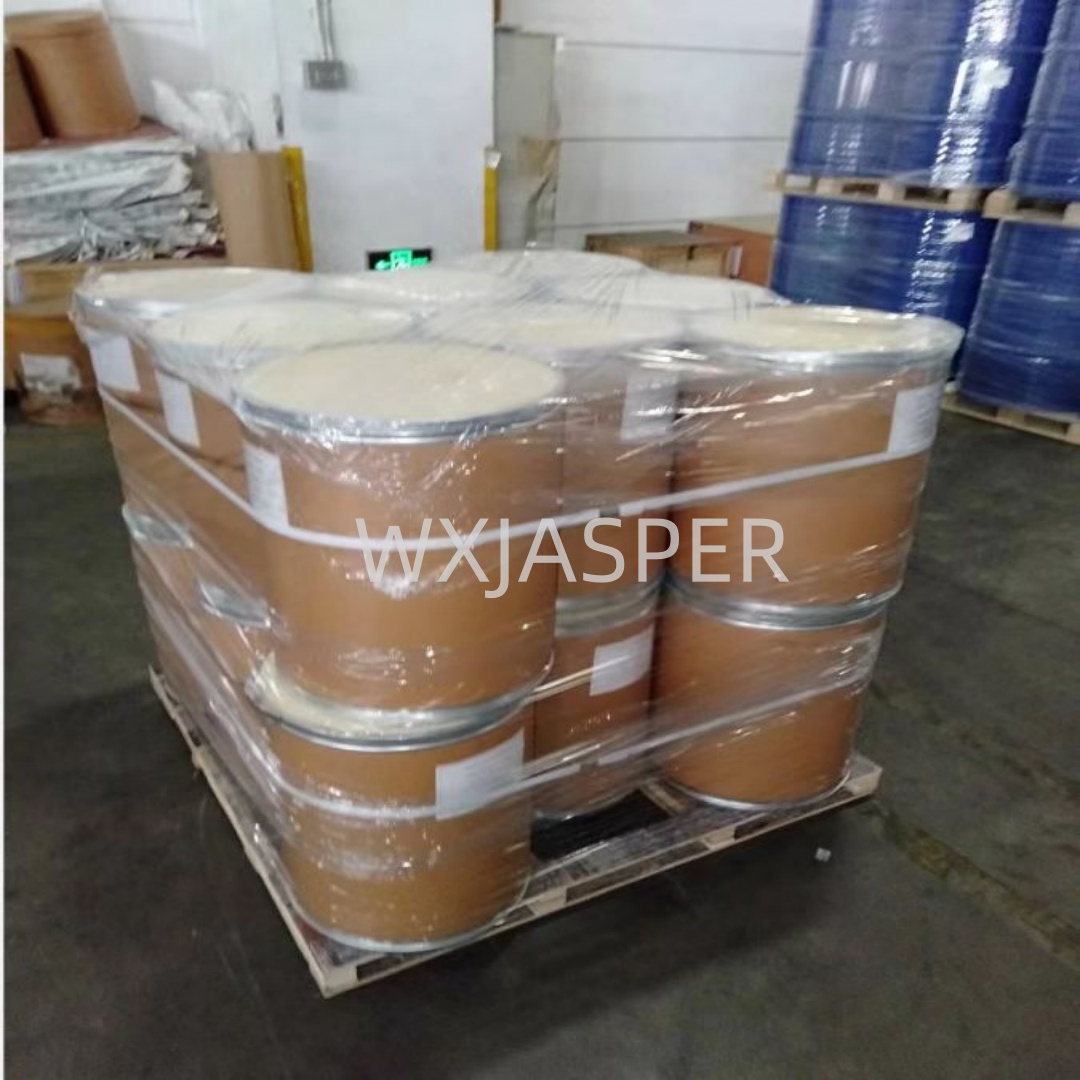Your Location:Home > Products > Solvents > Benzyltrimethylammonium chloride



CasNo: 56-93-9
MF: C10H16ClN
Appearance: Powder
Delivery Time: 15 days
Packing: 25kg/bag
Purity: 99%
Basic Information
|
Model NO. |
56-93-9 |
Appearance |
Powder |
|
Color |
White |
Purity |
99% |
|
Sample |
Available |
Specification |
25kg/Drum |
|
Grade Standard |
Industrial Grade |
Origin |
China |
|
Transport Package |
Drum |
|
|
Product Description
Product Name:Benzyltrimethylammonium chloride
CAS No: 56-93-9
Molecular formula :C10H16ClN
Form: Powder
Product Application
It can be used for the determination of platinum, palladium, mercury and gold.
As a pharmaceutical intermediate and phase - transfer catalyst, it plays an important role in organic synthesis reactions, promoting the smooth progress of some difficult - to - carry - out reactions.
It can also be used as an emulsifier, cellulose solvent, polymerization inhibitor and cationic surfactant.
Packaging
25Kg/Drum
Storage
The container should be kept closed and stored in a cool, dry and well - ventilated place, away from incompatible substances such as strong oxidants, and pay attention to moisture - proof.